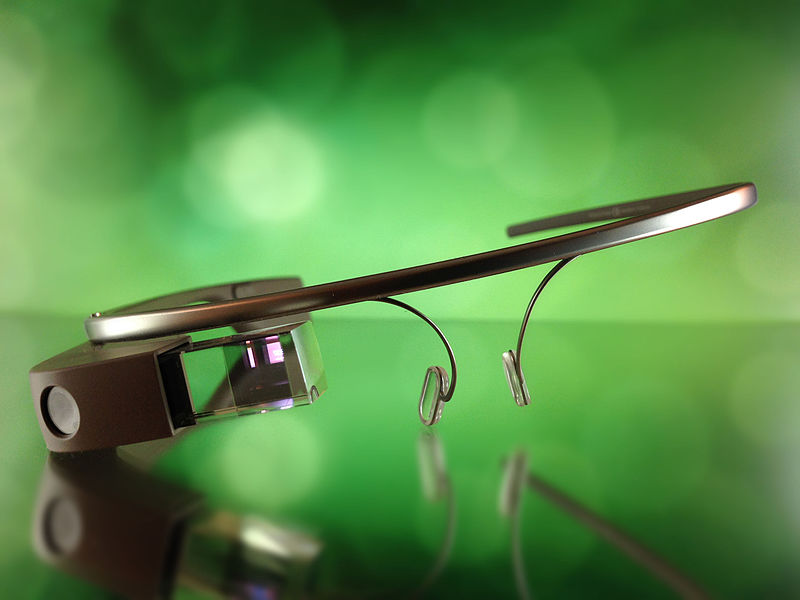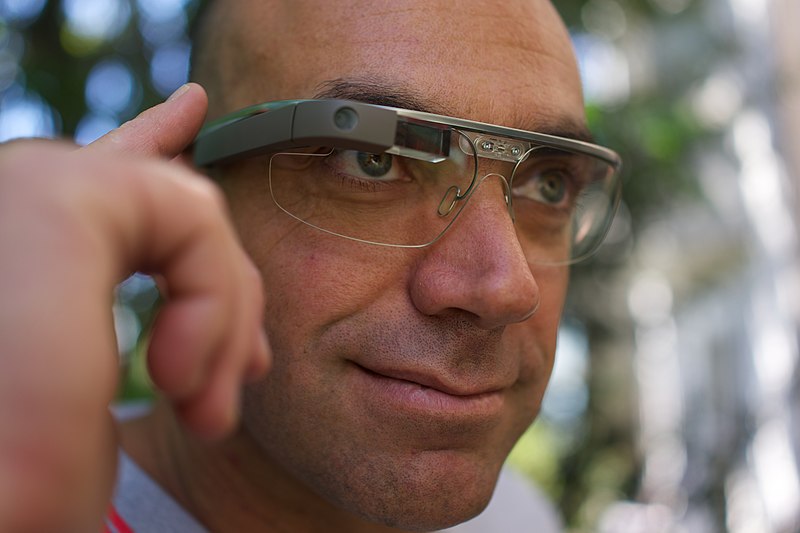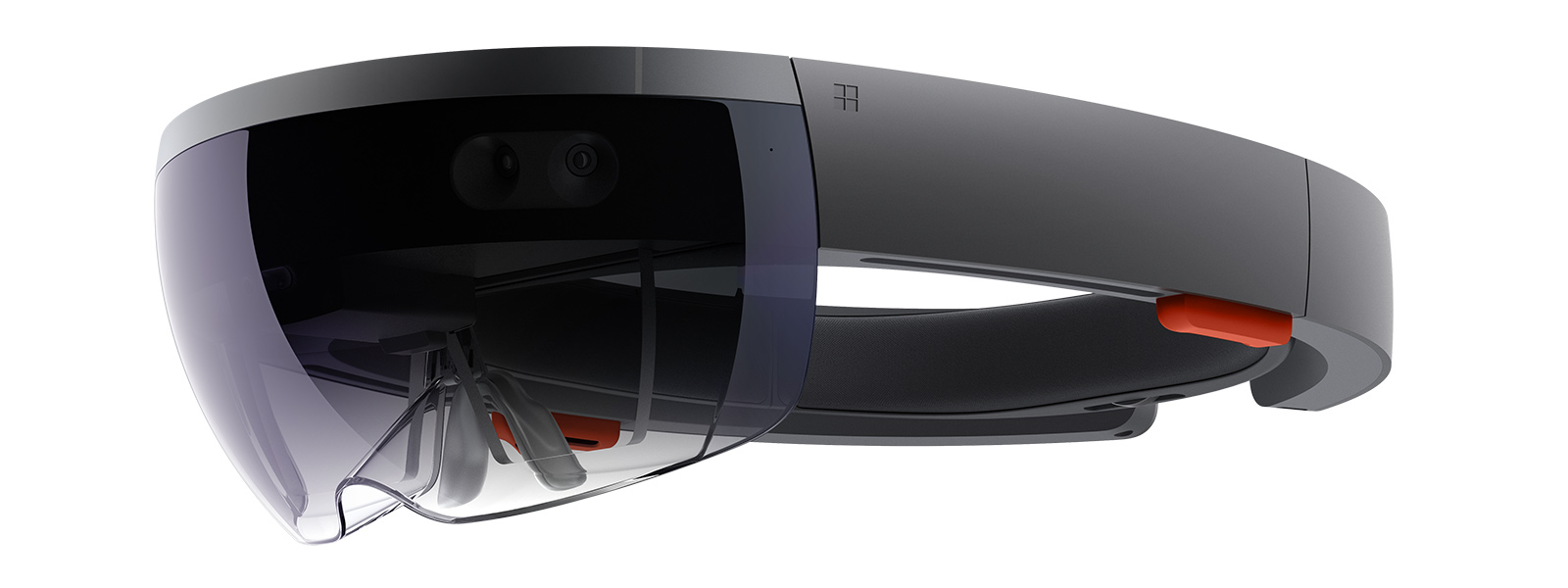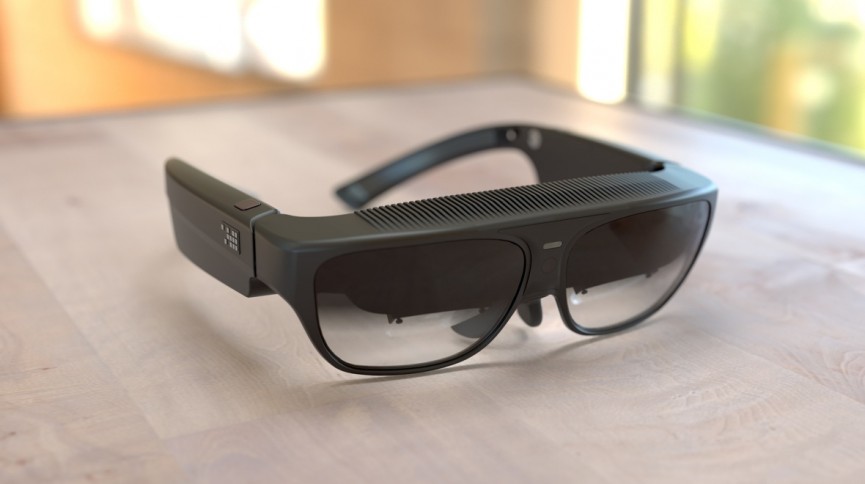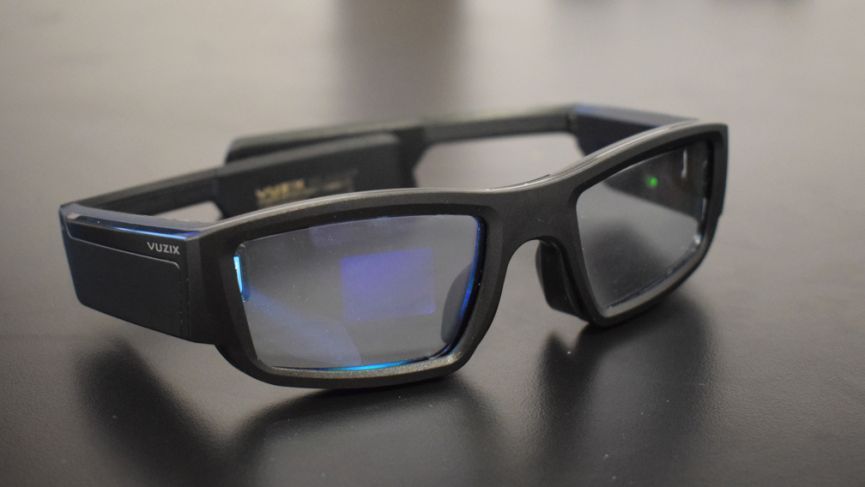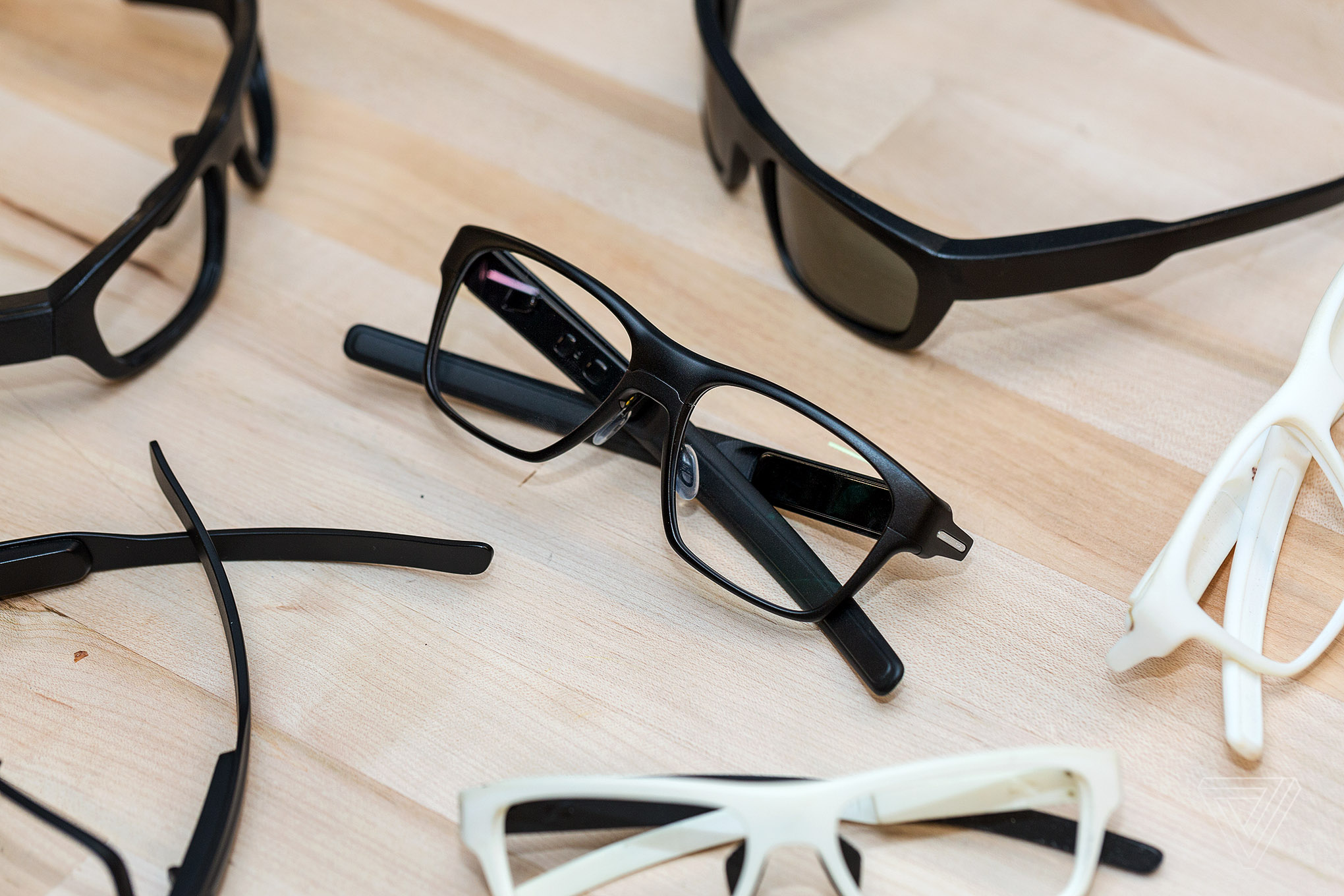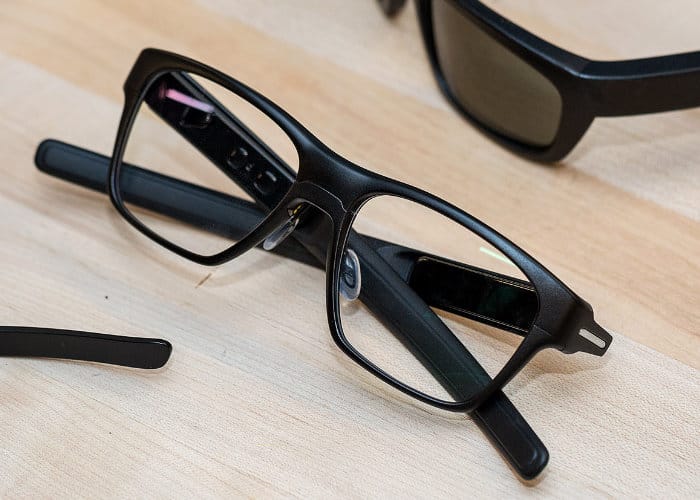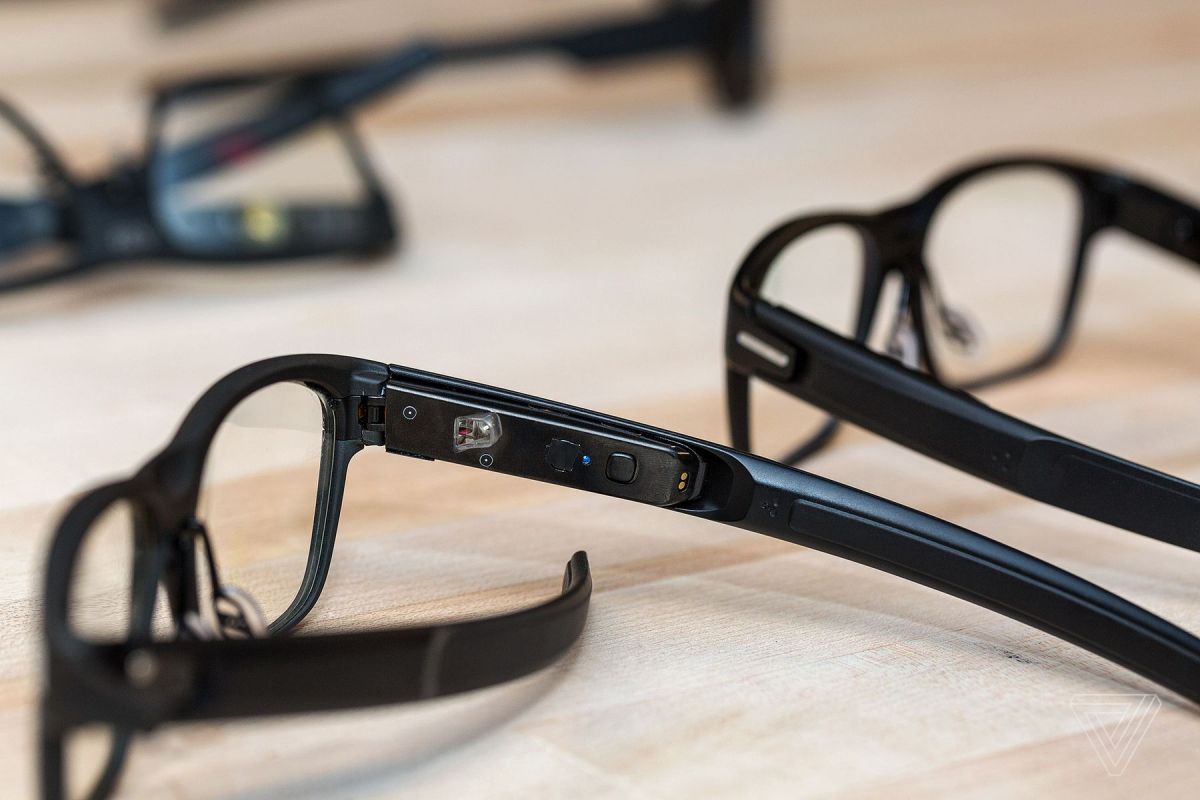Intel recently launched its own smart glasses. The arrival of this news was met with mixed reactions by experts and the lay public - we all certainly remember the embarrassing launch of Google Glass. But the Intel Vaunt glasses are different. In what?
Controversy from Google
When Google launched its Google Glass in 2013, it seemed at first to be glancing at better times with the smart glasses. Google Glass was supposed to be used, for example, to display notifications from a smartphone literally in front of the user's eyes or to record a recording, and supported gesture control.
It seemed that another element, known until now mostly from science fiction films, had become a reality. Few people probably asked themselves at the time what could go wrong. But quite a lot went wrong. Their not-so-compact and not-so-elegant appearance, relatively high price and, last but not least, questions related to privacy protection and related to the recording functions of the glasses prevented ordinary users from using the glasses on a daily basis.
Welcome, augmented reality
A few years after the launch of Google Glass, there was a boom in virtual and augmented reality and related devices - including glasses and headsets. In addition to models of glasses that are barely usable in everyday life, Intel has come up with a new product that has a huge potential to convince ordinary users and experts that smart glasses are neither a clumsy, expensive accessory for rich geeks, nor an unrealizable sci-fi element .
Behind the glasses called Vaunt is the New Design Group, which managed to integrate a handy and useful system into a simple, elegant and truly wearable design that will meet the demands of many users. Thanks to Intel, smart glasses as a mainstream element are once again one step closer to reality.
Appearance comes first
There's no point in pretending that smart glasses aren't about style. Appearance was one of the areas in which Google Glass faltered, and also one of the reasons why it did not gain much popularity with the general public.
Intel's Vaunt weighs no more than 50 grams, which puts it at the top of the list of smart glasses and augmented reality glasses in terms of lightness. At the same time, their creators managed to achieve an elegant, "ordinary" look, thanks to which, at first glance, they are no different from standard glasses. Early reviews of the Vaunt glasses highlight their minimalist elegance and unobtrusive appearance, completely devoid of elements such as a camera or microphone. So Vaunt are an element of truly wearable smart electronics.
What's behind the glass?
You might think that the technological side of the glasses had to fall victim to the elegant appearance and minimal weight. You are right to some extent. The only current Intel Vaunt model on the market is really only used to display notifications and basic information, such as the route, right in front of your eyes. But the word "yet" is key.
But thanks to this, Vaunt saves users a lot of time that would otherwise be spent checking the display every time the smartphone beeps or vibrates. It's only seconds, but when they add up, it takes a significant chunk out of your productive day, not to mention that we all have a tendency to click on notifications on our smartphones that could otherwise wait in peace.
And immediate access to information, as well as the ability to decide which of this information we will deal with immediately, are highly valued these days.
Future possibilities
Vaunt is a complete work of Intel. The glasses do not have a display and all content in the form of outputs from the connected smartphone is projected directly onto the retina of the user's eye via a miniature laser diode. Pairing with a smartphone takes place via the Bluetooth protocol, other equipment of the glasses includes, for example, an accelerometer.
Intel does not hide the fact that the shape of the current Vaunt is definitely not final, and that there are still many aspects that need to be worked on. These include, for example, the control of glasses, which Intel plans to solve either with eye movements or voice commands. The new functions entail the necessity of hardware changes – and therefore certain changes in the appearance of the glasses. And since Intel certainly does not intend to repeat one of the fundamental mistakes that Google made, it will surely need enough time to be able to incorporate improvements into the glasses without significantly compromising their aesthetics or the comfort of wearing them.
It could be interest you

Scroll through errors
It would be misguided, incorrect and unfair to label Google Glass as an unequivocal failure. It was a revolutionary move on Google's part in many ways, and one that Google didn't have many examples to follow. With his smart glasses, he unequivocally proved that there is definitely a way in this direction, and at the same time he also showed his followers which directions are not very advisable to take. In technology, as in many other fields, mistakes are useful because they move us forward.

